A large amount of History knowledge, almost all of the previous high school level, is concentrated in the middle school level, making the program heavy, according to History Professor Do Thanh Binh.
At the National Conference on History in the new general education program, organized by Hanoi National University of Education on August 26, Professor Do Thanh Binh, Hanoi National University of Education, said that the History program still has many limitations that need to be overcome.
Firstly, History (an integrated subject of History and Geography) at the secondary level is still quite heavy compared to the age of students. According to Mr. Binh, secondary school students have not developed stably, are not mentally and physically stable, their perception is still immature and emotional, and their knowledge acquisition is not rational or in-depth. However, a large amount of History knowledge, almost all of the previous high school level, is concentrated at the secondary level, making the program heavy, especially in grade 9.
Second, there is a lot of overlap between the classes. Mr. Binh cited: the 7th grade curriculum mentions geographical discoveries, then repeats them in the topic section. But the "most worth discussing" is the common topic section of grades 8 and 9 about protecting Vietnam's sovereignty , rights and legitimate interests in the East Sea. Mr. Binh said that the requirements to be achieved in the two lessons do not show any difference.
Third, some of the requirements are too difficult for secondary school students, causing controversy. For example, sixth graders are asked to describe and explain the incomplete differentiation of primitive societies in the East.
Not to mention, there are things that are "too difficult and impossible to do" such as "evaluating the role" of historical figures, "outlining political , economic, and cultural developments in the Southern region"...
Some requirements confuse even the authors of the books, and each person understands them differently. Mr. Binh cited the fact that the program requires stating the spatial scope of Van Lang, Au Lac, and Phu Nam on a map or diagram; saying "Asia from 1918 to 1945" but there is no suggestion of which country to mention, causing each book to mention a different country.
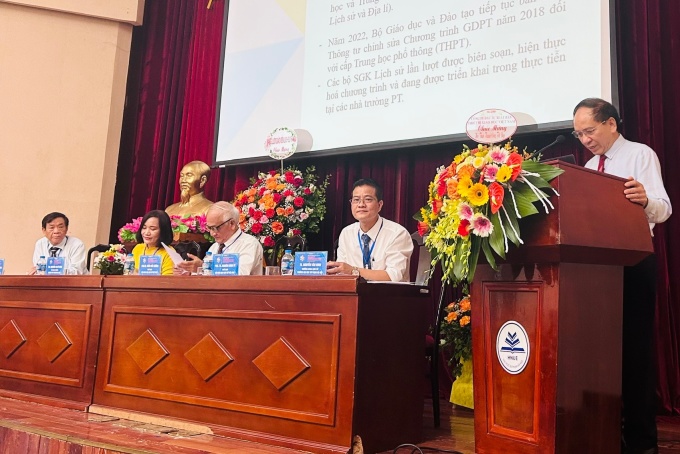
Professor Do Thanh Binh (standing) shares his views on the new curriculum and textbooks for History on the morning of August 26. Photo: HNUE
In addition to the above shortcomings, Professor Binh assessed that the History program has many positive points.
First is the comprehensive content, covering the history of civilization, culture, political history, war, military, economic, scientific and technological history, not just focusing on political history and war as before. The lessons go from world history to region and nation, not separately like the 2006 program. According to Professor Binh, this shows that the new program considers world and regional history as the context for studying and learning national history and vice versa, the development of national history is a piece of the region and the world.
At each level, the program is also designed relatively appropriately. In primary school, the program aims to present content through historical stories, suitable for the psychology and age of students. In secondary school, the program equips students with basic knowledge, as a foundation for higher education. History in high school is designed according to topics and special topics because students already have the foundation and ability to perceive the essential issues of the subject.
"It can be affirmed that the direction of the program is correct, innovative, has overcome the limitations of the previous program, helping students feel less bored when studying," said Mr. Binh.

A female student reads a book about Queen Nam Phuong at Nguyen Van Binh book street, 2022. Photo: Quynh Tran
Professor Do Thanh Binh recommends summarizing practical experiences in parallel with program implementation to make appropriate adjustments. In addition, teachers need to be further trained and educated on the program, textbooks, methods and techniques of teaching History; and testing and evaluation methods.
"Building and implementing an educational program is a long-term journey that requires updating and staying close to reality to optimize teaching and learning effectiveness," Mr. Binh shared in his presentation report.
Thanh Hang
Source link


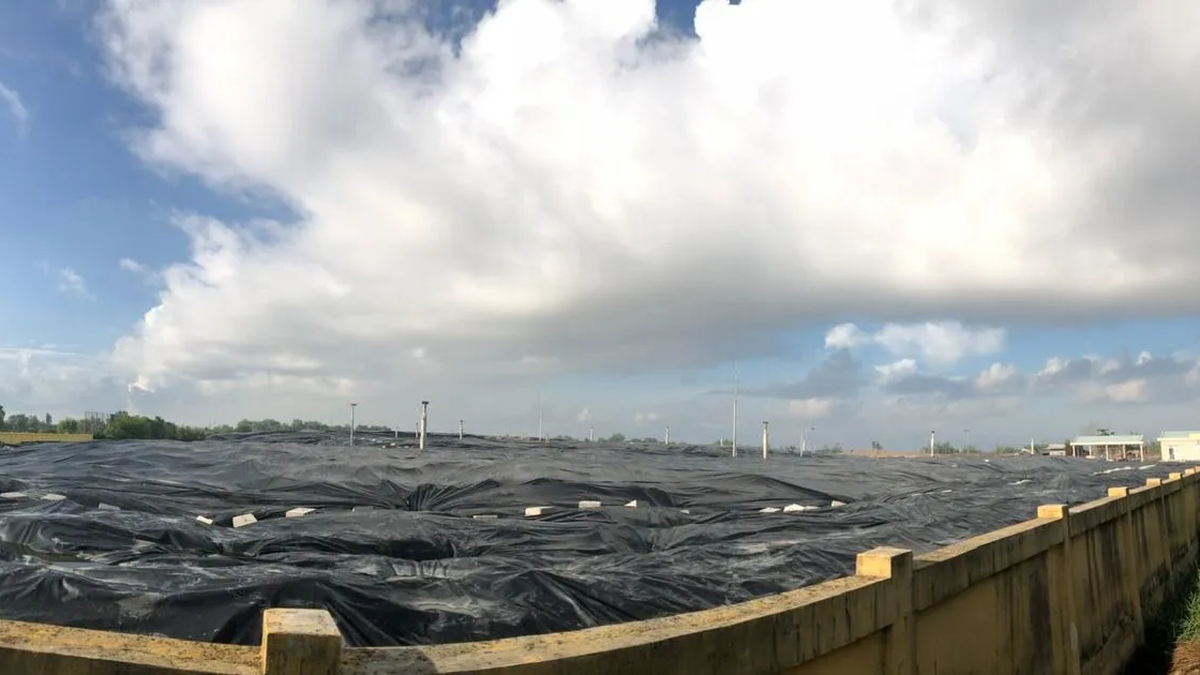
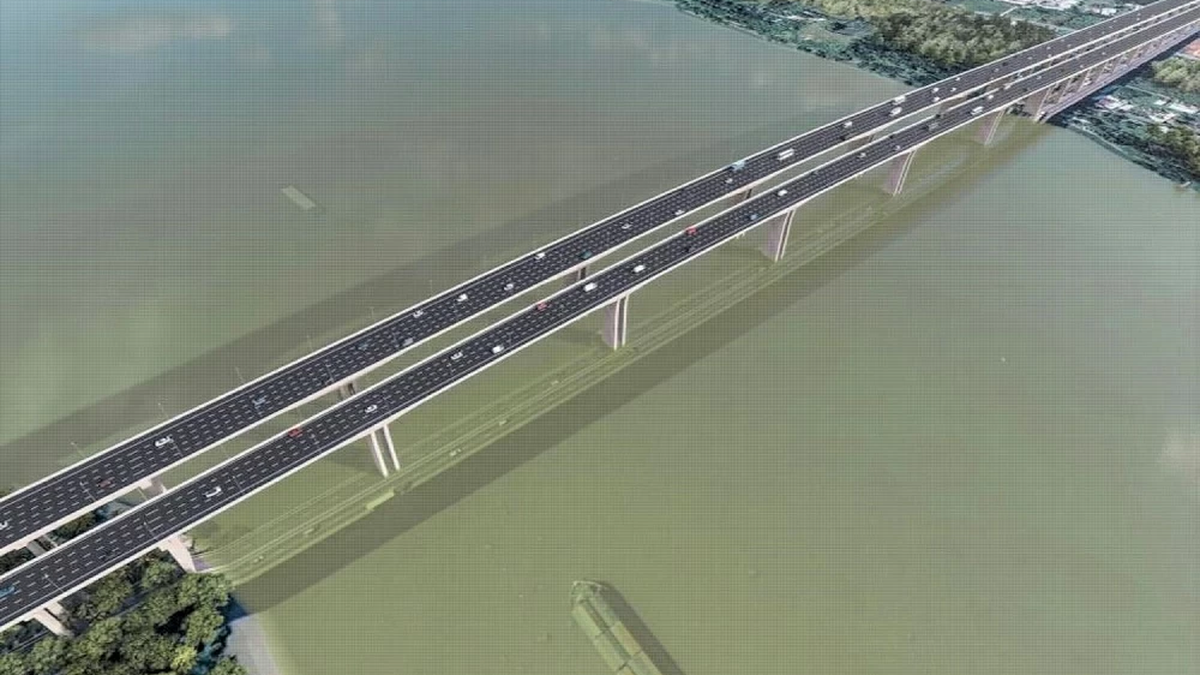







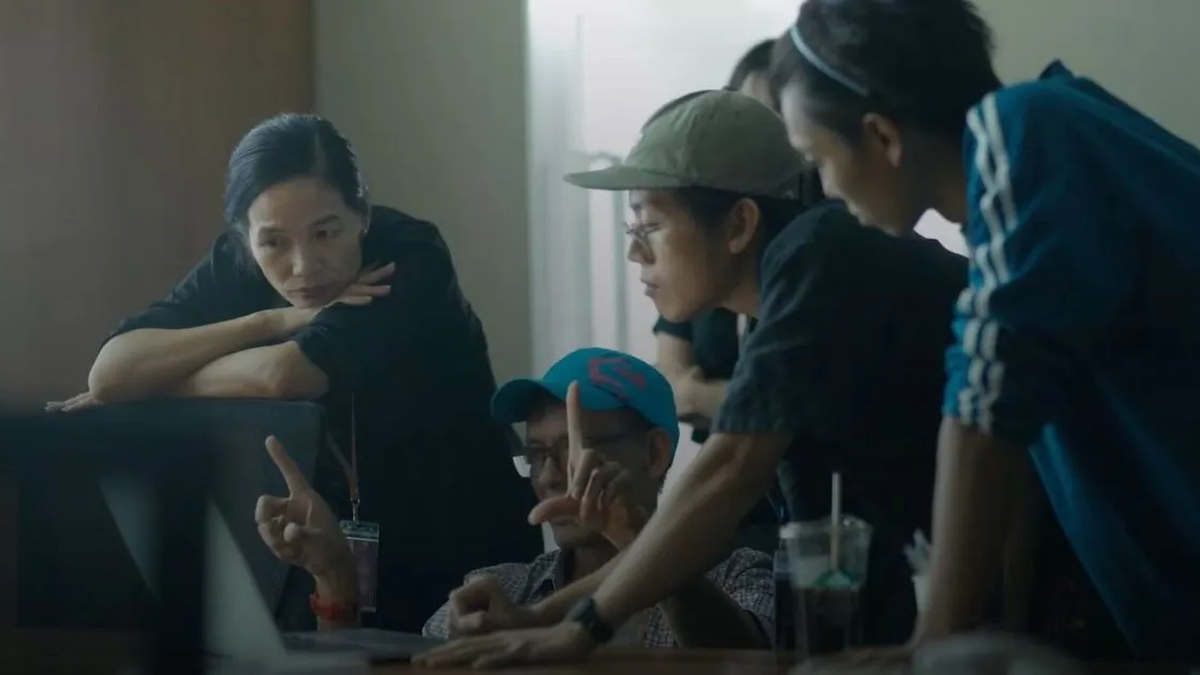













![[Photo] National Assembly Chairman attends the seminar "Building and operating an international financial center and recommendations for Vietnam"](https://vphoto.vietnam.vn/thumb/1200x675/vietnam/resource/IMAGE/2025/7/28/76393436936e457db31ec84433289f72)








































































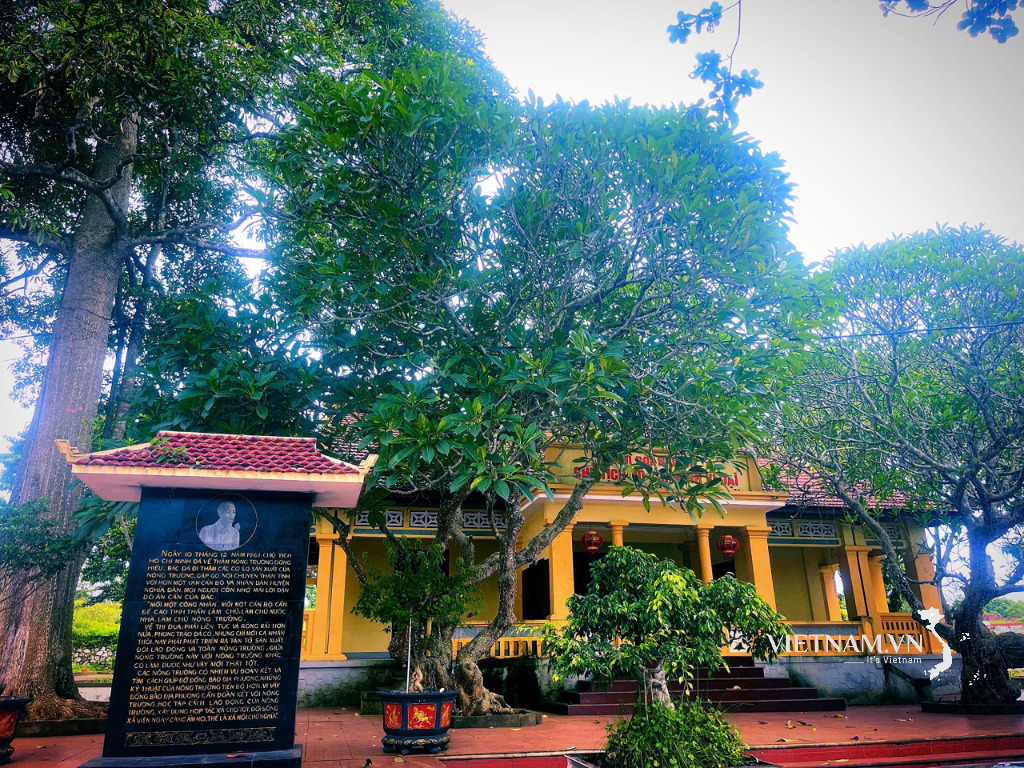


Comment (0)